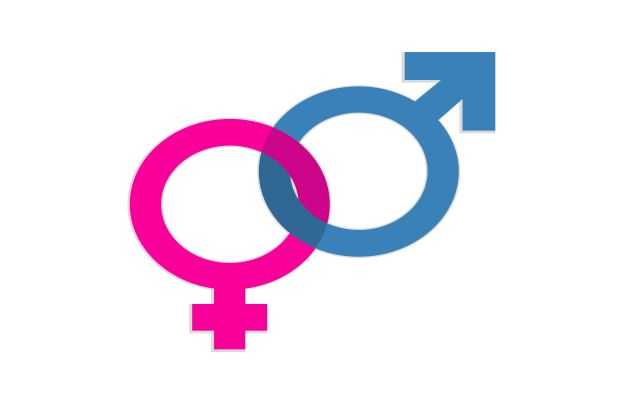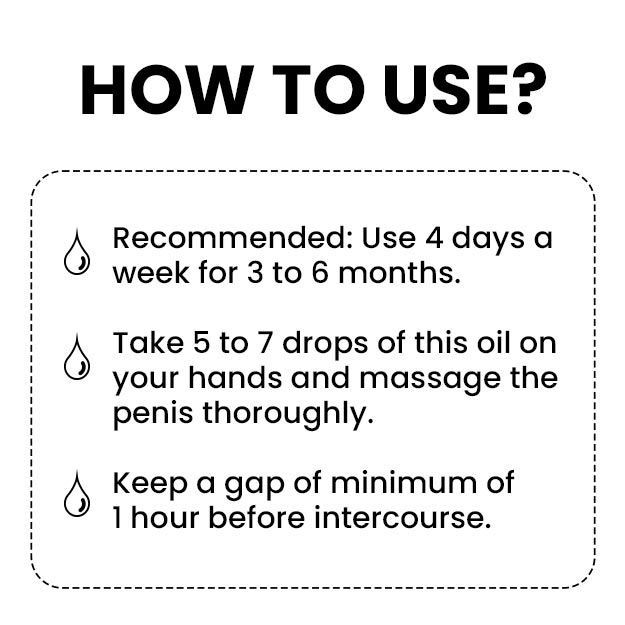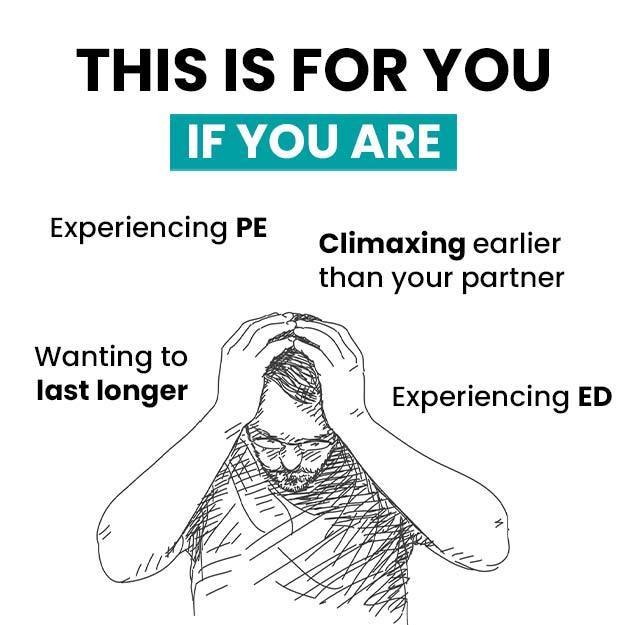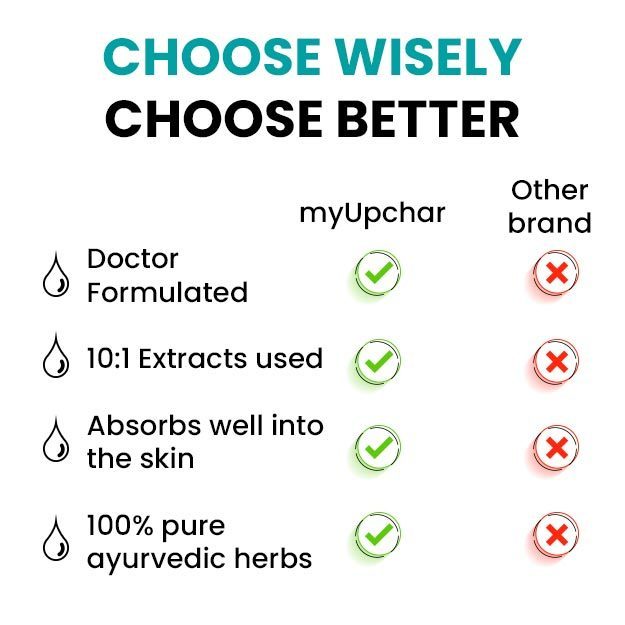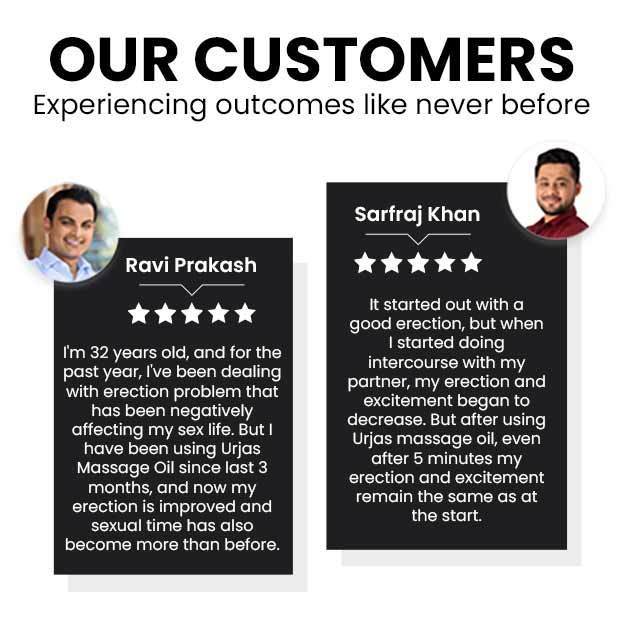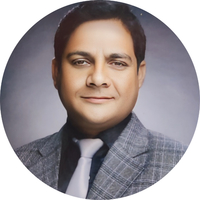As per the Bisexual Research Center, a US-based non-profit organisation serving the bisexual community since 1985, bisexual people make up at least half of all the people in the LGBTQ community; however, they are often feared, discriminated against or stereotyped by both the heterosexual and LGBTQ community. This is called biphobia.
An article released by the LGBT advisory committee of the San Francisco Human Right’s Commission, US, suggested that biphobia manifests in various forms including bi invisibility. This means that the presence of bisexual people is often ignored.
Unlike homosexuality, bisexuality hasn’t really got as much historical or scientific attention. Bi-people are often difficult to discern from the crowd and hence are often categorized as either homo or heterosexual in most studies. For similar reasons, many bi-people in history have been called gay or lesbians.
Even organisations that include the word bisexual, usually do not have any programmes that cater to the needs of bisexual people.
Dr Joye Swan, author and chair of psychology at the University of California, US, has talked in her articles about the different ways in which male and female bisexuality is perceived in society.
According to Dr Swan, women show more sexual fluidity than men and hence female bisexuality is taken as more normal and is in fact often encouraged in the young years by some men. However, this gives rise to a social belief that bisexuality is a phase in the life of such women.
On the other hand, bisexual tendencies in men are not much accepted socially. If a man holds another man’s hand, he is more likely to be called gay. Most people, including many homosexual men and heterosexual men, think that bisexual men are actually gay but are scared to come out.
However, both concepts are wrong. Longitudinal studies on bisexual women and men have shown that bisexuality is a stable sexual orientation for both the genders.
Bi-phobia fuels many common misconceptions and harmful untruths about bisexuality, even today. Some current manifestations of bi-phobia include :
- Bisexual people are (wrongly) considered to be promiscuous since they have sex with more than one gender. Hence, they are considered to have a higher chance of spreading STDs (sexually transmitted diseases).
- Some people from the LGBT community think of bisexuals as traitors since they can have the heterosexual privilege.
- It is thought that bisexual people can only have a long-term or committed relationships with the opposite gender and will leave their same-sex partners soon as they find a suitable heterosexual partner.
- Bisexual people are often not identified as such unless they have had sex with people of two genders at least. (This is inaccurate because sexuality is about attraction as much as intimacy and intercourse.)
- A lot of people look at bisexual people as their sexuality instead of a person.
- Some people totally avoid mentioning to their close ones or friends that they are involved with a bisexual person for fear that they too would then be identified as bisexual.


